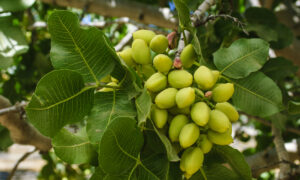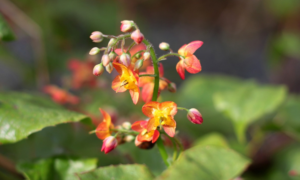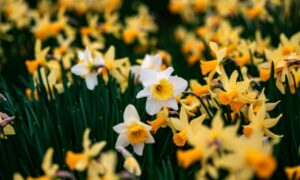We independently research, review, and recommend the best products. If you buy something through our links, we may earn a commission. Learn more.
Bottlebrush plants, with their stunning spikes of red or yellow flowers, are a beautiful addition to any garden. They’ve been a personal favourite of mine for some time, and, over the years, I’ve picked up a few tips for growing and nurturing them successfully. In this guide, we’ll take you through all the information you need to grow bottlebrush trees and shrubs successfully, from planting and care tips to varieties and uses. Read on to find out how you can bring a little more colour to your garden.
Understanding bottlebrushes
Bottlebrush plants are members of the Callistemon genus and are native to Australia. These evergreen shrubs and trees are known for their distinctive flower spikes, which resemble a bottlebrush, hence their name. Bottlebrushes are hardy plants that can grow and thrive in a wide range of conditions, making them a great choice for gardeners of all levels.
What are the different types of bottlebrush plants?
There are many different types of bottlebrush plants, each with its own unique characteristics. Some of the most popular varieties include:
- Callistemon citrinus (Lemon Bottlebrush): A fast-growing shrub with lemon-scented foliage and bright red flower spikes.
- Callistemon pallidus (Pale Bottlebrush): A small shrub with pale yellow flowers and silver-grey foliage.
- Callistemon viminalis (Weeping Bottlebrush): A large shrub or small tree with pendulous branches and bright red flowers.
How to plant bottlebrush trees and shrubs
When planting bottlebrush trees and shrubs, it’s important to choose a location with well-drained soil and full sun. These plants are not frost-tolerant, so it’s best to plant them in a protected location or a warm climate. To plant them, simply dig a hole that is slightly larger than the root ball, place the plant in the hole, and fill with soil. Water thoroughly after planting and mulch around the base of the plant to retain moisture.
How to care for bottlebrushes
Once planted, bottlebrush plants are low maintenance and require minimal care. Here are a few tips to keep your bottlebrush plants looking their best:
- Water regularly: Bottlebrush plants need to be watered regularly, especially during periods of drought.
- Prune regularly: Pruning bottlebrush plants encourages new growth and helps to maintain their shape. Prune after flowering to promote a better display the following year.
- Fertilize: Bottlebrush plants benefit from a balanced fertilizer applied in spring.

Why are bottlebrush plants so popular?
Bottlebrush plants are not only attractive, but also versatile. Here are a few ways you can use bottlebrush in your garden:
- As a specimen plant: Bottlebrush trees and shrubs make stunning focal points in a garden.
- As a hedge: Plant a row of bottlebrush plants to create a beautiful and low-maintenance hedge.
- In mixed borders: Bottlebrush plants pair well with other flowering plants and shrubs, making them a great choice for mixed borders.
Bottlebrush plants are a beautiful and low-maintenance addition to any garden. With their showy flower spikes and versatile uses, they’re sure to be a hit in your outdoor space. Whether you’re a beginner or an experienced gardener, growing bottlebrush trees and shrubs is a great choice for your next gardening project.







